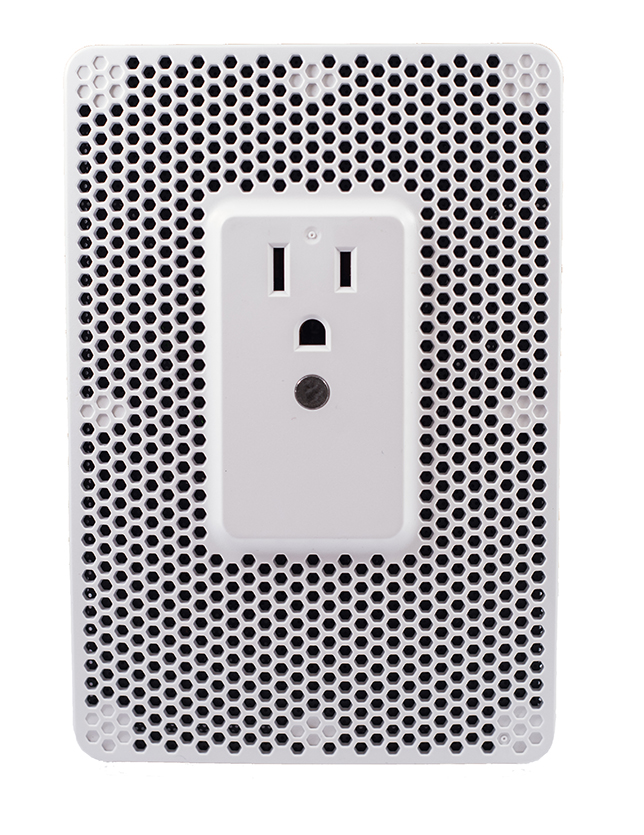FreshAir Launches Smoking Detection Solution for Education Environments
Sensor solutions company FreshAir recently announced the launch of the FreshAir1 Smoking Detection System, according to a news release. The technology monitors for and detects tobacco and marijuana smoke, and it is geared toward use in school and university buildings—as well as dormitories—to help enforce non-smoking polices and protect infrastructure and other property.
The FreshAir sensors detect specific molecules in tobacco and marijuana smoke as opposed to use of light or radiation. Further, “the molecularly imprinted polymer that forms the sensor resets following smoking detection, thus enabling continued monitoring without additional upkeep,” the news release reports. The devices are tamper-proof and use a cloud-based monitoring platform to help deter standard efforts to avoid smoke detection.

Image courtesy of FreshAir
The devices plug into standard outlets and are held in place with tamper-proof screws. The detection is WiFi-enabled, and each device connects to building networks to communicate continuously with the central monitoring platform. Each device can monitor up to 500 square feet of space.
When the device detects smoke, it sends an alert via email, desktop, or push notifications to a mobile device. The alerts include a timestamped report and the monitored location where it was detected, providing evidence to enforce building smoking policies. The accompanying mobile app and online portal include information like alert history, device information, and space to log additional information as needed, according to the press release.
About the Author
Matt Jones is senior editor of Spaces4Learning. He can be reached at [email protected].